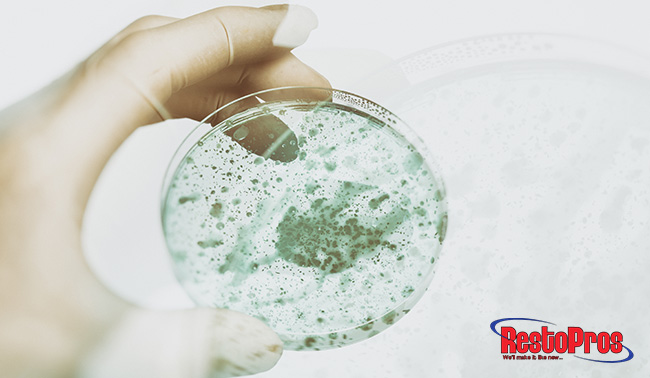The first case of mold dates back to 1837, where it was sampled from wallpaper in a house in Prague. It wasn’t until the early 1900s, however, that people started to monitor the health effects of mold. Every year, we’re learning new things to mold, thanks to researchers. We’re learning about all the ways it can impact humans and how to best treat it. Read our summarized history of mold to learn about mold exposure and increased regulations.
The History of Mold
History of Mold Exposure and Health Effects
There’s a correlation between home-related toxicities like mold, and illnesses like Pontiac fever and pneumonia. In the early 1980s, the serious side effects of mold became more widely known through publications in journals like Annals of Allergies, Asthma & Immunology, which was important as, later that decade, publications announced that mold could grow in all building types including residences.
In 1993, the National Academy of Sciences declares that, while not all molds are equally dangerous, all species of mold cause allergic reactions. However, the more dangerous ones were certainly also worth noting, as in the same year, a few cases of infant mortality were linked to mold exposure in Cleveland, Ohio.
History of Increased Regulations for Mold
In the 1990s, regulations for dealing with mold began to change: Water damage cases needed to be addressed within 24 hours to reduce the spread of mold. Mold needed to be treated using the same methods for asbestos.
Workers in the field were advised to check wall interiors for mold, remove water-damaged drywall, and then treat mold at the root. Without treatment that will keep it from growing, “cleaning” the mold or wiping it away will not be a long-term solution and may even cause more damage.
While not all mold strains are toxic, all mold strains within a home should be treated and removed as quickly as possible to reduce allergic reactions and respiratory-related illnesses.
See the full timeline for the history of mold here.
Treat Mold in Your Home Right Away
Over a century of research has shown that mold, no matter the strain, no matter the amount, can still lead to serious health effects. That’s why it’s important to treat mold right away, as soon as you recognize the signs. You’ll recognize mold when you see it, but since mold may be lurking and spreading within your wall cavities, it may not be so easy to spot.
Instead, consider your own health: Are you having allergies while you’re indoors? Are you wheezing? Does it feel hard to take a deep breath? First and foremost, consult with a doctor to get an expert diagnosis and to have your symptoms treated. Second, call a mold remediation specialist to have your home inspected for mold right away.
The experts at RestoPros are trained to recognize, treat, and remove all signs of mold. They’re friendly and will work with you on your budgetary needs. Call today to learn about seasonal specials and discounts.

